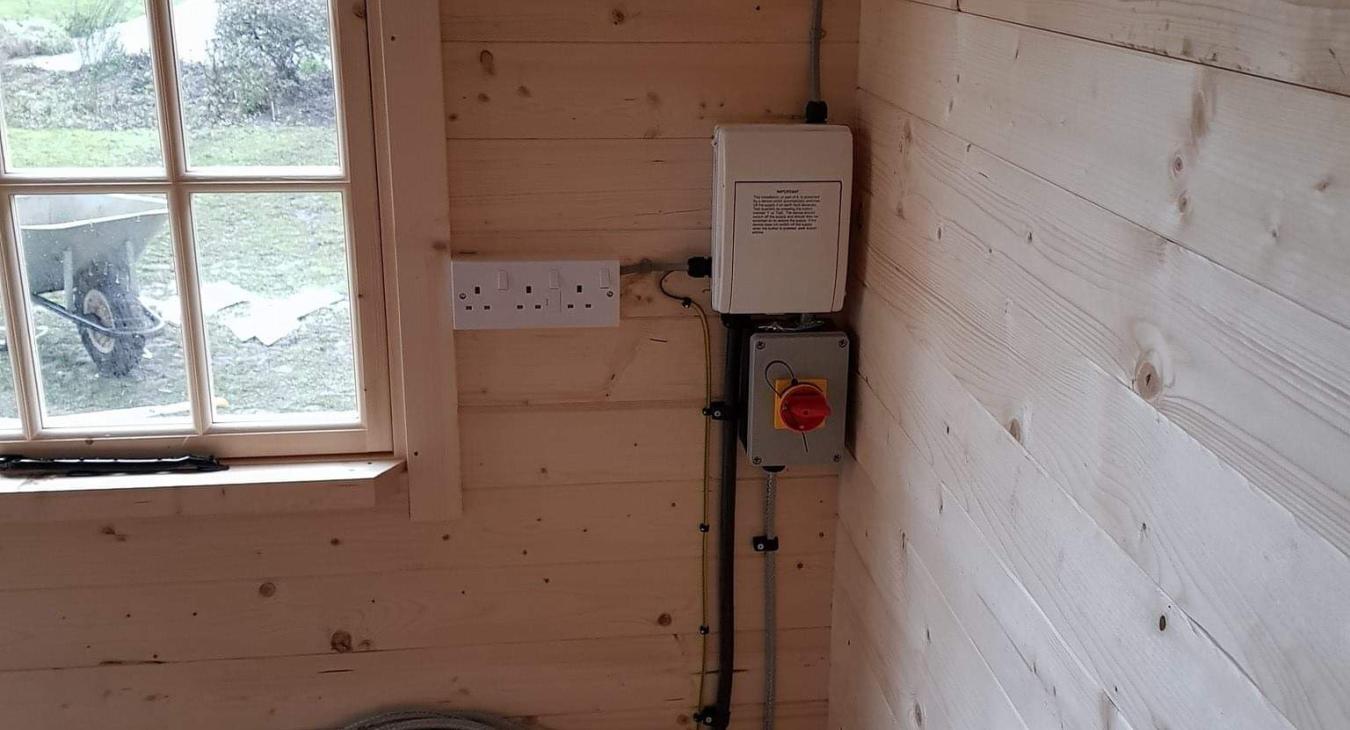
Around this time of year we get many calls from homeowners asking us to carry out an electrical inspection of their property in Sleaford. This is often due to an electrical problem that has arisen such as overloaded electrical circuits caused by switching on electrical storage heaters now that the colder nights are drawing in.
Following many electrical inspections in Sleaford, we are told many times by our clients that they thought an electrical inspection and test would be costly in both time and money- in reality this is not true-many electrical inspections we carry out are absolutely fine and it leaves the home owner with the peace of mind that they are safe.
Other electrical inspections indicate a problem which is easily fixed as it is brought to our attention before it becomes an expensive issue.
Many clients are surprised to learn that the electrical inspection is very straightforward and hassle free.. In this weeks blog , we are going to tell you what happens when an electrician comes to your home to carry out an electrical inspection.
The inspection is based on the electrical system of each individual household and includes the following:
- The adequacy of the earthing and bonding.
- The suitability of the switchgear and control gear, for example an old fusebox with a wooden back, cast iron switches or a haphazard mixture of both will need replacing.
- The serviceability of switches, sockets and light fittings. The following may all require replacing; older round pin sockets, round light switches, braided flex hanging from ceiling roses to light fittings, black switches and sockets mounted in skirting boards.
- The type of wiring system and its condition. For example cables coated in black-rubber were phased out in the 1960's, likewise cables coated in lead or fabric are even older and may well need replacing ( modern cables use pvc insulation).
- The provision of residual current devices for sockets that may be used to plug in outdoor electrical equipment.
- The presence of adequate identification and notices.
- The extent of any wear and tear, damage or deterioration.
- The changes in house which have led to,or may lead to problematic wiring.
An electrical inspection is known as an Electrical Inspection Condition Report ( EICR). At the end of the inspection you will receive a written report telling you the condition of your homes electrical system.
It is recommended that every homeowner has an eicr carried out every 10 years. If you have not had one carried out over that time we highly recommend you have one carried out asap, even if your electrics appear to be working as normal.
Different rules apply to rental homes and the laws are set to change this year for landlords.
Finally always check that your electrician is able to carry out an EICR for you by contacting the relevant organisation they are registered with. In our case it is NAPIT.
Being a qualified electrician does not automatically mean you are able to carry out an EICR so please check first.
- Log in to post comments






